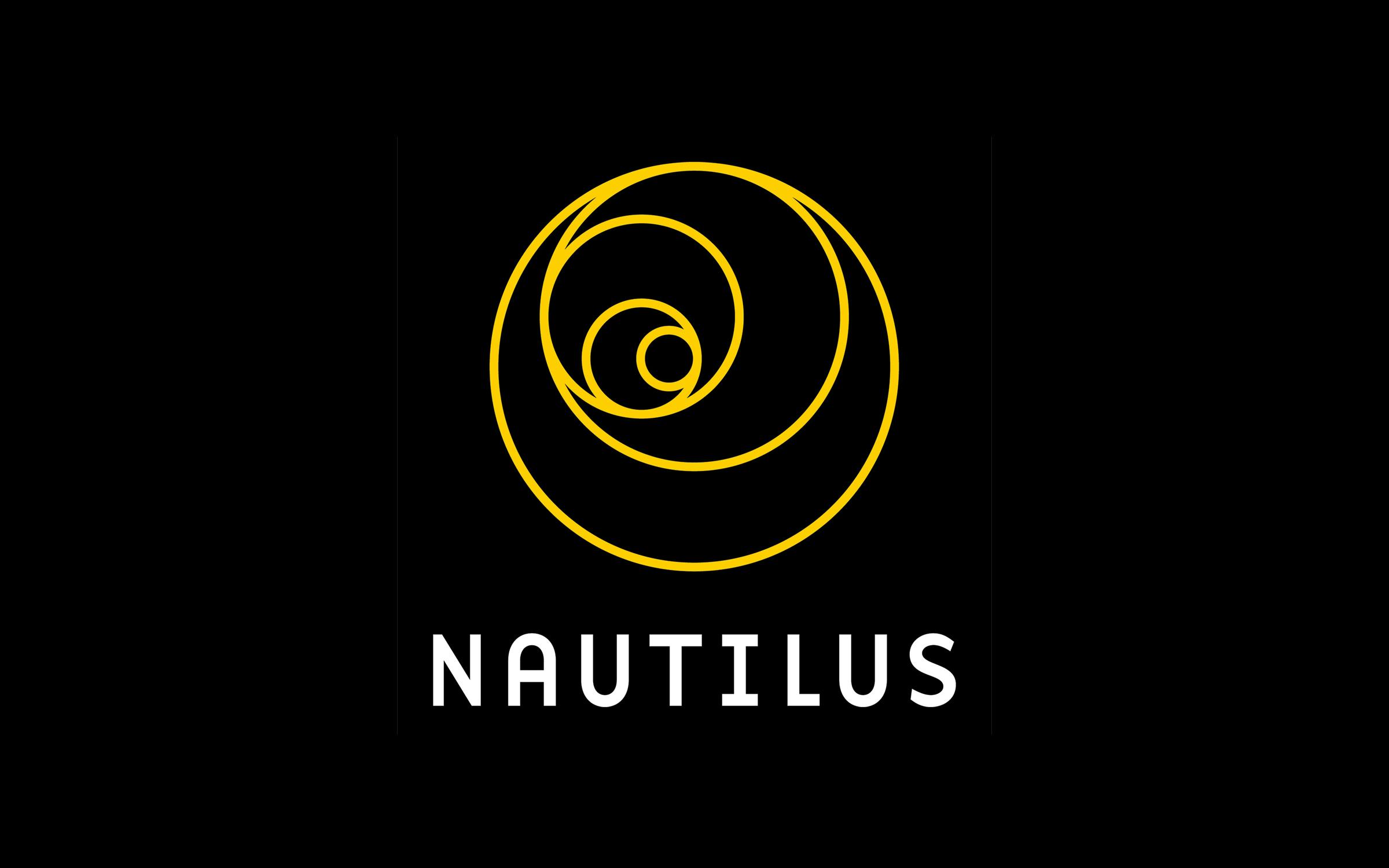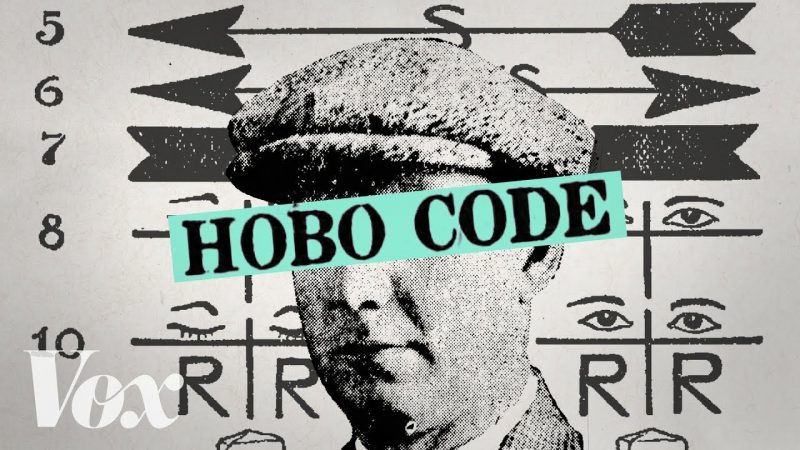symbols / symbolism
A mathematician has uncovered the stories behind the symbols used in math
In 1990, the federal government invited a group of geologists, linguists, astrophysicists, architects, artists, and writers to the New Mexico desert, to visit the Waste Isolation Pilot Plant. They would be there on assignment. The Waste Isolation Pilot Plant (WIPP) is the nation’s only permanent underground repository for nuclear waste. Radioactive byproducts from nuclear weapons manufacturing and nuclear power plants. WIPP was
For a younger generation, the once-powerful protest symbol packs about as much of a punch as a smiley face.
One of the best-known icons of modern society is a classic example of a symbol—it’s easy to spot, but hard to explain. Who came up with it?
News on Japan, Business News, Opinion, Sports, Entertainment and More article expired
The world is full of icons that warn us to be afraid — to stay away from this or not do that. And many of these are easy to understand because they represent something recognizable, like a fire, or a person slipping on a wet floor. But some concepts are hard to communicate visually, especially
For a couple of centuries, the British were in an unlikely frenzy for the exotic fruit.
Why China considers a covered eye to be dangerous. And why people still do it. From the winking owl to the Hong Kong protest eye patch.
How we evolved to read is a story of one creative species.
An L-system or Lindenmayer system is a parallel rewriting system and a type of formal grammar. An L-system consists of an alphabet of symbols that can be used to make strings, a collection of production rules that expand each symbol into some larger string of symbols, an initial "axiom" string from which to begin construction, and a mechanism for translating the generated strings into geometric structures. L-systems were introduced and developed in 1968 by Aristid Lindenmayer, a Hungarian theoretical biologist and botanist at the University of Utrecht.[1] Lindenmayer used L-systems to describe the behaviour of plant cells and to model the growth processes of plant development. L-systems have also been used to model the morphology of a variety of organisms[2] and can be used to generate self-similar fractals.
How, exactly, does one go about making a global dictionary of symbols? It is a Herculean task, one few scholars would take on today, not only because of its scope but because the philological approach that gathers and compares artifacts from every culture underwent a correction:
We’ll need both deep learning and symbol manipulation to build AI.
Nautilus is a different kind of science magazine. Our stories take you into the depths of science and spotlight its ripples in our lives and cultures.
The removal of cultural emblems is not the erasure of history but part of it.
Many of us now use the word hobo to refer to any homeless individual, but back in the America of the late 19th and early 20th century, to be a hobo meant something more.
Yard signs featuring this mysterious blue dot are quickly gaining popularity among Nebraska Democrats. Here's what it means.




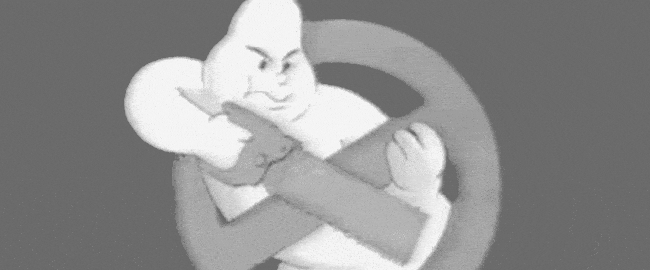

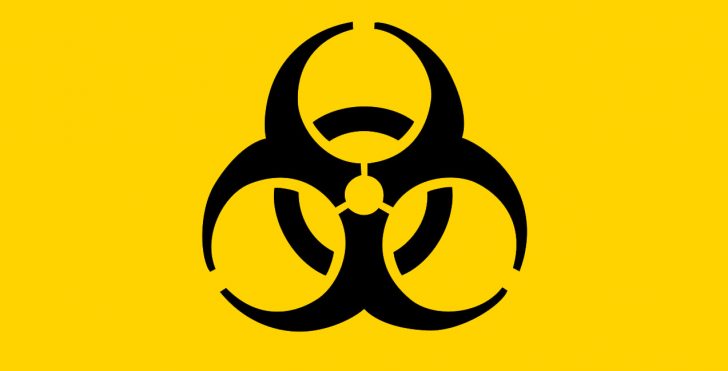
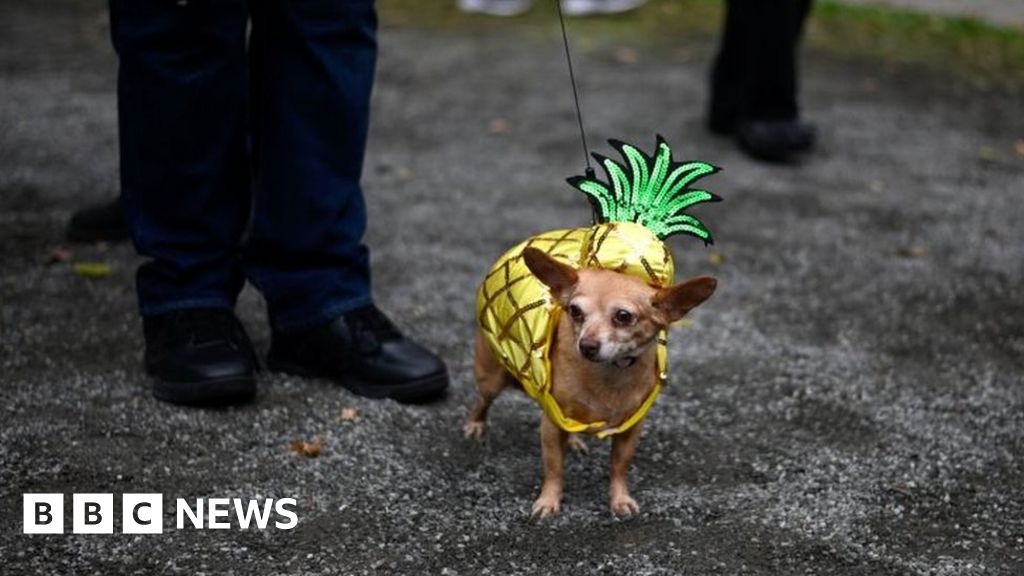
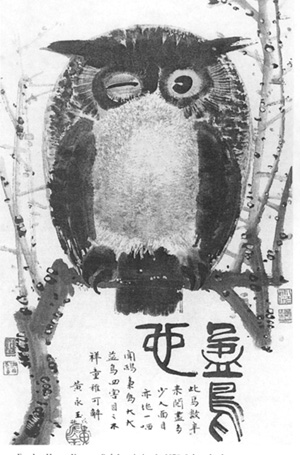

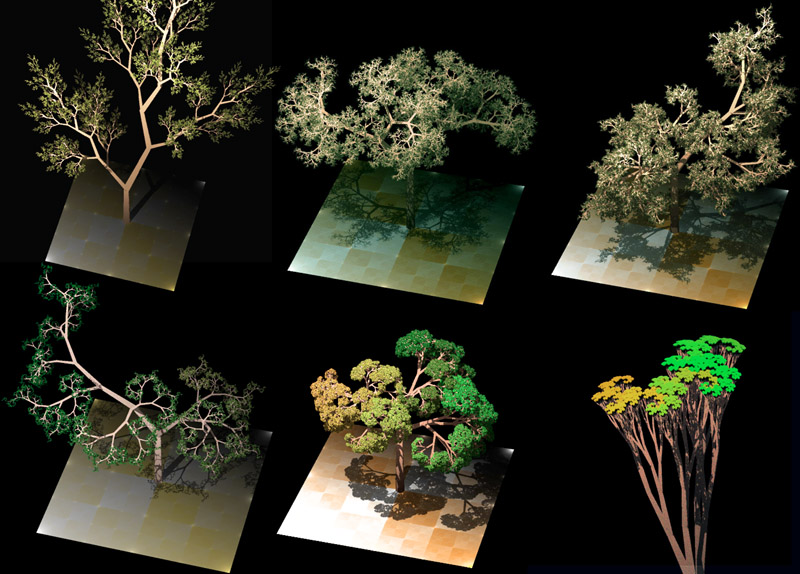
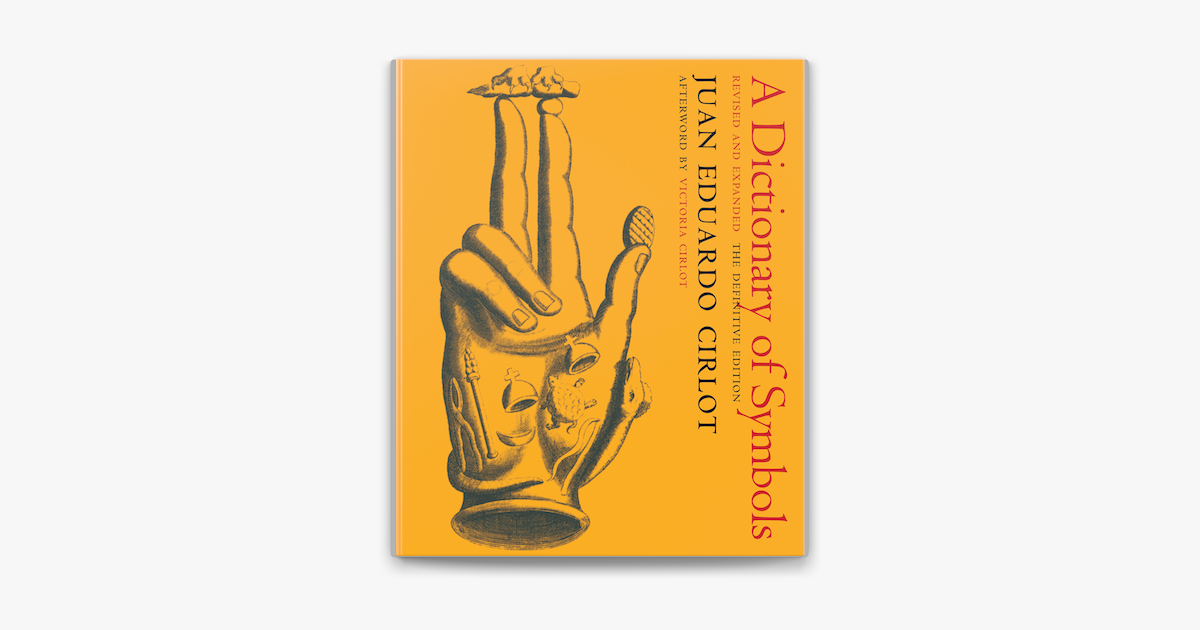
:extract_focal()/http%3A%2F%2Fstatic.nautil.us%2F15540_0c6ba56676353996dff5efb2b7789e1e.png)
